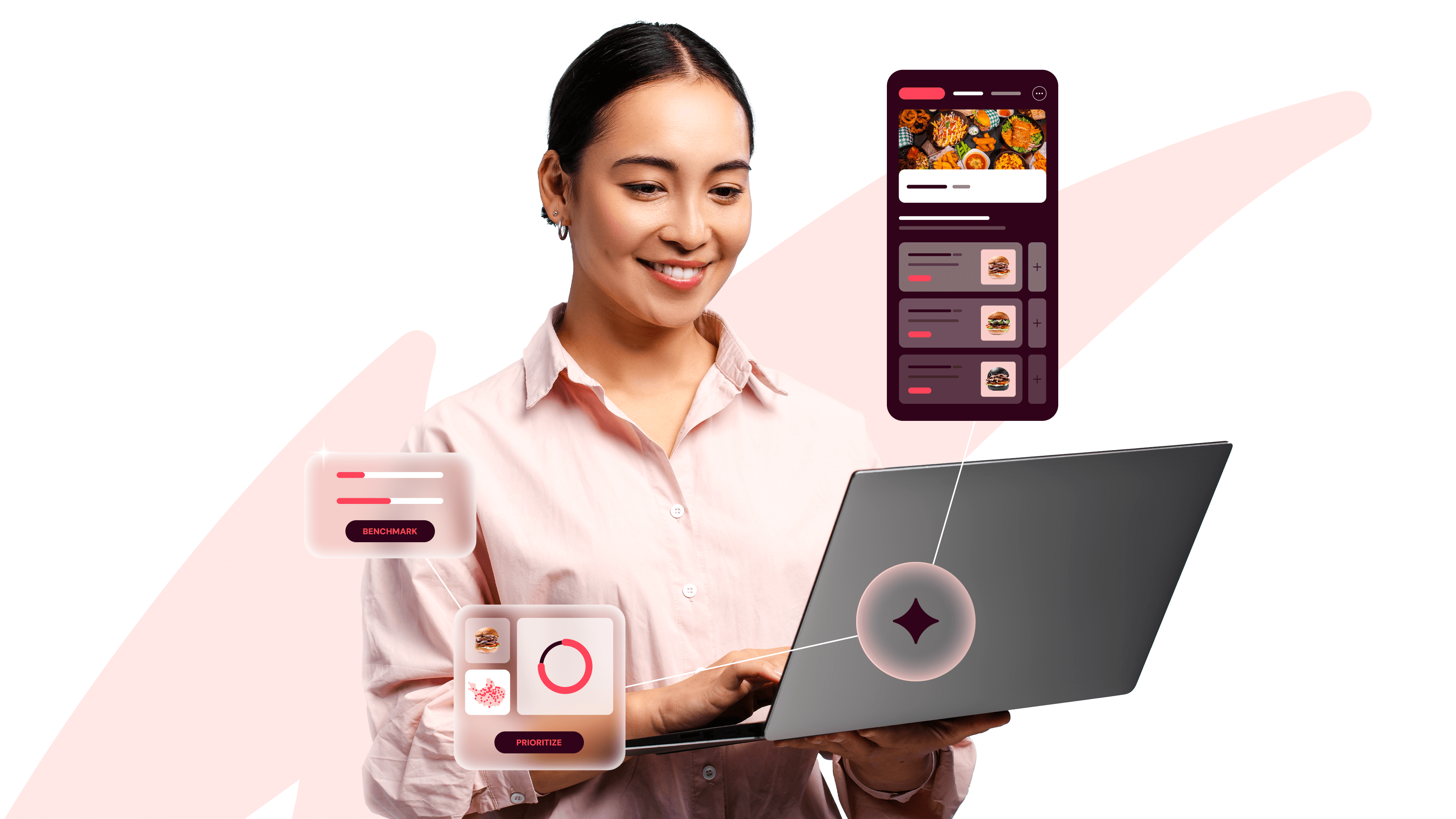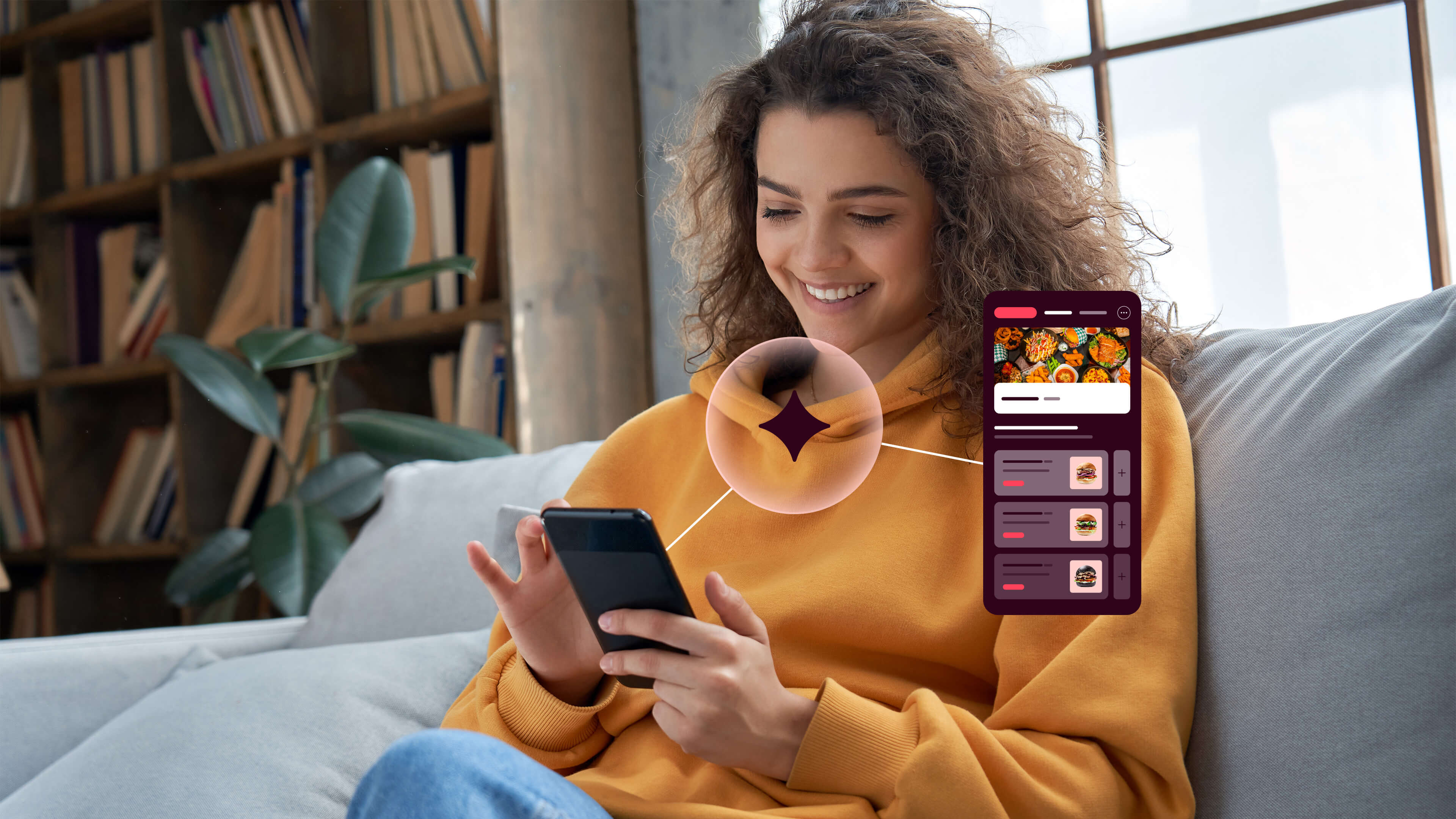Strategic promotions analysis: Maximizing retail impact
Promotions are a powerful driver of consumer behavior, shaping purchasing decisions and boosting both conversion rates and profitability. According to Opia, 84% of customers say they are influenced by promotions, and a further 40% admitted to being either strongly or very strongly influenced.
With retailers offering a vast array of promotional mechanisms—from discounts to bundled deals—brands often struggle to execute a cohesive strategy. Our recently published infographic breaks down the key types of promotions and how to best use them.
At Shalion, we’ve developed a comprehensive taxonomy of promotions to help brands structure their approach effectively. This article provides a detailed breakdown of different promotional strategies, their functions, and how best to integrate them within retail media and broader marketing efforts.
Promotional activities can be classified into key strategic categories, each serving distinct purposes in influencing purchase decisions. Below, we explore these categories, their functional nuances, and best-practice applications.
1. Price slash discounts (PSD)
Designed to create immediate urgency, price slash discounts drive short-term sales spikes and increase perceived value.
- Direct price reduction: Straightforward price drop to drive conversions quickly. Best used for high-velocity products and liquidation strategies.
- Special days discounts: Tied to key events (e.g. Black Friday, Prime Day) to amplify seasonal sales. Time these for peak shopping periods to maximize traffic and conversion.
- Limited-time discounts: Urgency-driven offers (e.g., flash sales). Effective in marketplaces for impulse-driven purchases.
- RRP Discounts: Highlights savings vs. MSRP to create value perception. Strong in premium and electronics categories where MSRP comparisons are significant.
2. Digital coupons (DCP)
Digital coupons can be used to directly drive conversion, increase basket sizes, and track promotional impact.
Discount with digital coupon: Requires consumer activation, creating engagement. Best leveraged in email and paid media campaigns to target price-sensitive shoppers.
3. Subscription discounts (SUB)
Designed to enhance customer lifetime value by incentivizing recurring purchases.
- Recurring purchase discount: Discounts applied to subscriptions. These discounts are essential for CPG and DTC brands aiming to lock in repeat purchases.
4. Multi-buy offers (MBO)
Drives volume-based purchasing by offering discounts on multiple units.
- Get more for less: Buy-one-get-one (BOGO) style offers. Excellent for consumables and low-involvement purchase categories.
- Buy more, save more: Tiered discounting to encourage bulk purchases. These work well for apparel, beauty, and grocery verticals.
5. Shipping offers (SHP)
Offers like these are key for reducing friction in eCommerce transactions, particularly for high-cart abandonment categories.
- Free shipping: Removes barriers to purchase. Incorporate free shipping into A/B testing to gauge its impact on conversion.
- Threshold-based free shipping: Encourages larger basket sizes. Focus on these if your aim is an increase in AOV (average order value).
6. Installment offers (INS)
Effective for high-ticket items, installment offers increase affordability.
- Interest-free installments: Spreads payments over time. Common in consumer electronics, furniture, and luxury goods. These offers make products appear more attainable for an everyday shopper.
7. Price guarantees (PRI)
Enhances consumer trust and loyalty.
- Price match guarantee: Ensures your customers know you are competitively priced. Price matches are especially valuable in competitive categories like grocery, electronics, and appliances.
8. Bundling offers (BUN)
Encourages complementary purchases and increases overall transaction value.
- Meal deals: Bundled discounts on food items. This type of promotion is seen mostly in grocery and QSR (quick-service restaurant) strategies.
- Product bundle discount: Discount on grouped products. This is ideal for cross-selling within premium categories (e.g., beauty kits, electronics accessories).
- Product gift: Free item with purchase. Popular with most shoppers, these promotions work best in beauty and consumer packaged goods (CPG).
9. Threshold-based discounts (THD)
Drives increased spending by rewarding higher cart values.
- Spend X, save X: Spend-based incentives. If you’re looking to encourage bigger baskets in mass retail, spend-based incentives are advised.
10. Loyalty card promotions (LOC)
Drives long-term retention through exclusive member offers.
- Price slash with a loyalty card: Discounts exclusive to loyalty members. Supermarkets and pharmacy chains often leverage these effectively.
- Multi-buy for loyalty members: Bulk discounts for members. Multi-buy for loyalty member promotions encourage repeat purchases and increases CLV.
11. Other promotions (OTH)
- Online only discounts: Drives eCommerce exclusivity and is common in DTC and marketplace exclusives.
- Contests & raffles: Engagement-driven promotional strategies. Best deployed in brand awareness campaigns.
- Miscellaneous offers: Retailer-specific or bespoke promotions.
Best practices for effective promotion strategy
Successful promotion strategies require alignment with channel-specific dynamics, integration with retail media, and continuous performance analysis. Brands should tailor promotions to different retail environments, leveraging competitive pricing and multi-buy offers for marketplaces while also utilizing digital coupons and free shipping. In brick-and-mortar stores, loyalty-specific discounts and threshold-based offers can drive increased basket sizes and customer retention.
Integrating promotions with retail media can amplify their impact. Paid search and sponsored ads can be optimized by incorporating digital coupons to drive conversions while retargeting and CRM efforts should leverage personalized promotions based on past purchase behavior. Additionally, social media and influencer activations can serve as powerful amplifiers for special promotions, increasing engagement and sales.
To maximize efficiency, brands should aim to continuously test and analyze promotional strategies. A/B testing should be used to measure promotional effectiveness, ensuring that campaigns drive incremental sales rather than erode margins. Additionally, tracking ROI and consumer response can help brands adjust promotions dynamically in response to changing demand and market conditions.
Conclusion
A structured, data-driven approach to promotions is essential for maximizing brand performance in retail. The right promotional mix not only drives short-term sales but also builds long-term loyalty and protects margins. However, with varying promotional strategies across retailers, brands need a more systematic approach to stay competitive.
At Shalion, we specialize in decoding the retail landscape. Our promotion taxonomy provides a clear framework to help brands navigate this complexity with confidence. By leveraging data-driven strategies, aligning promotions with retail media, and continuously optimizing for performance, brands can achieve sustainable growth and maintain a competitive edge in an evolving marketplace.
You May Also Like
These Related Stories

The iROAS paradox: Is Goodhart's law sabotaging retail media?

Shalion Menu Monitor

